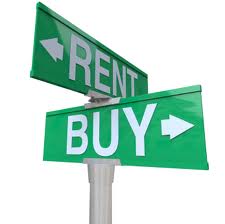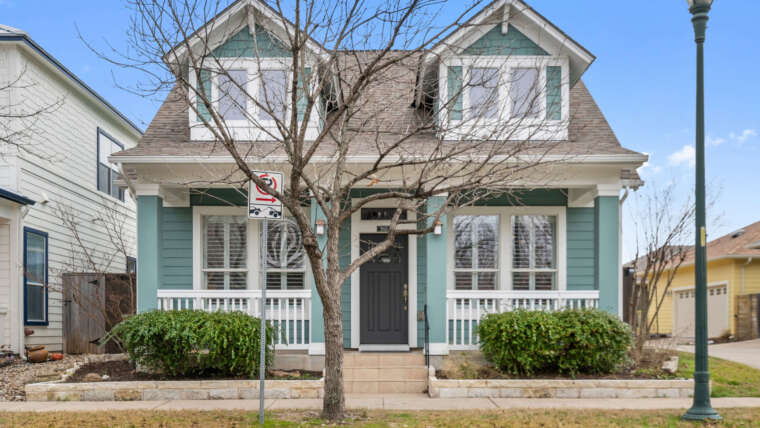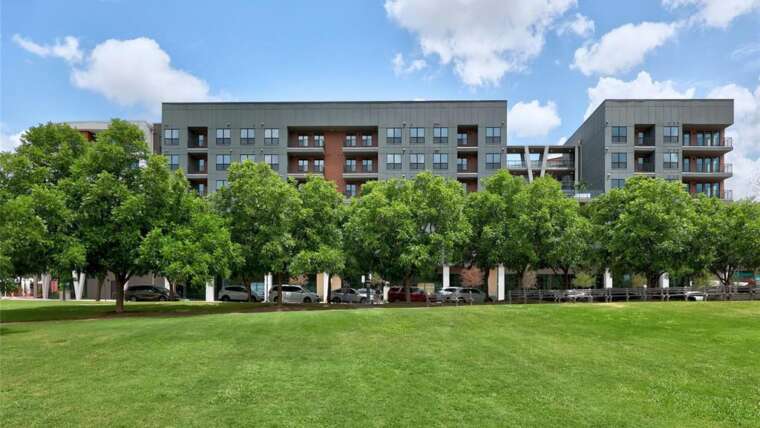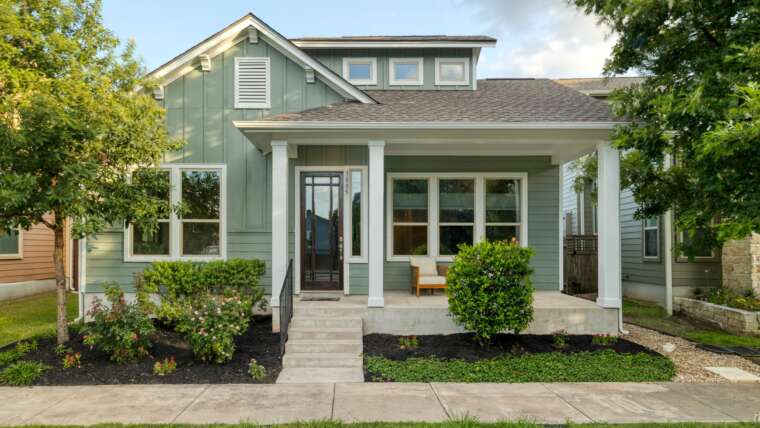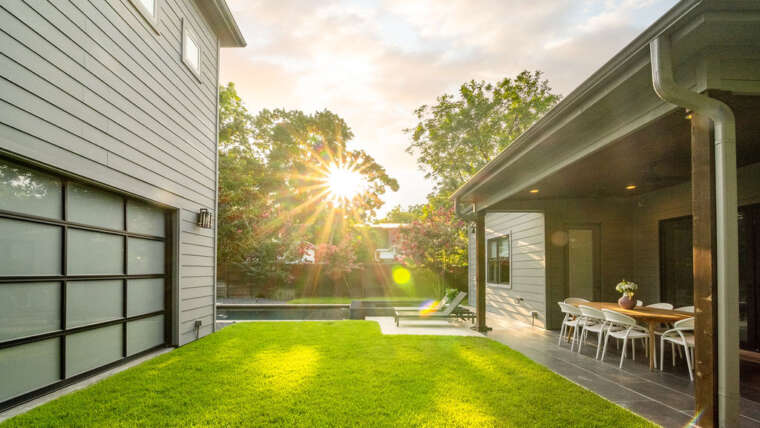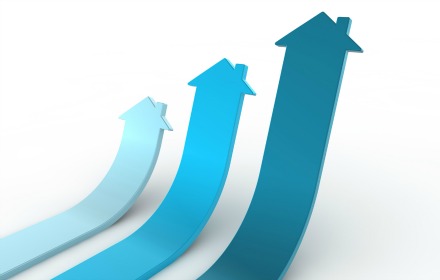 It is not news that the Austin metropolitan area is a hotspot for growth. From Forbes to CNN to CBS, we have heard how Austin is THE place to be. Austin is now a hub for small businesses, high-tech jobs, and flushed with an entrepreneurial spirit, almost any start-up in between.
It is not news that the Austin metropolitan area is a hotspot for growth. From Forbes to CNN to CBS, we have heard how Austin is THE place to be. Austin is now a hub for small businesses, high-tech jobs, and flushed with an entrepreneurial spirit, almost any start-up in between.
With job growth comes a demand for real estate. Austin has transitioned into a seller’s market. The most important and accurate indicator of a seller’s market is months of inventory. In a buyer’s market, there is 8 plus months of inventory. A balanced market is one in which there is 5 to 7 months of inventory. A seller’s market occurs when there is 4 months or less of inventory.
The Austin real estate market currently has 2.6 months of inventory.
What does months of inventory really mean?
Basically, residential sales prices increase, as inventory remains low while demand grows. Sellers will see a decreased number of days on market, many listings will have multiple offers, and second-home sales increase.
The numbers speak for themselves and show exactly what’s going on in today’s market. Let’s review the most recently released statistics from the Austin Board of Realtors and The Texas A&M University Real Estate Center, and see that market changes that have occurred in just one year (using February 2013 statistics to compare with February 2012 statistics).
Austin area statistics from February 2012 to February 2013:
- The median sales price for residential sales increased by 7.9%
- The average sales price for residential sales increased by 5.2%
- The percent of original list price received increased 2.5% (from 93.5% to 95.9%).
- The average days on market until sale decreased by 21.0% (from 86 to 65 days).
* Texas home sale prices in general jumped 6.7% in the same time period.
But any real estate market can vary by location and price point within the same city. Some areas in a city may still be transitioning while others have already entered a particular market. And even if the entire city has transitioned into the same market, one area’s market may still be much stronger than the rest of the city.
Case-in-point – Mueller, Austin!
Mueller area statistics from February 2012 to February 2013:
- The median sales price for residential sales increased by 32.0%
- The average sales price for residential sales increased by 38.0%
- The percent of original list price received increased 8.9% (from 90.6% to 98.7%).
- The average days on market until sale decreased by 39.7% (from 64 to 39 days).
So in the Austin real estate market, you have a greater likelihood to sell quicker and get a higher percentage of the list price. But in the MUELLER real estate market, you have an even GREATER likelihood to sell much FASTER and get an EVEN HIGHER percentage of the list price.
There are more buyers available to buy your house than there are houses to buy. And with the current and future additions of retail and services to Mueller, Mueller’s presence and popularity will only continue to grow.
Simply put – if you are a Mueller homeowner, you could not be in a better financial market in which to sell. Mueller is a seller’s market on steroids.
Want to talk Mueller? Think you might like to live here? I’m a Mueller Resident & Realtor and I help folks buy & sell homes here. Hilary Herrin, 512.913.8642, Hilary@muellersilentmarket.com

